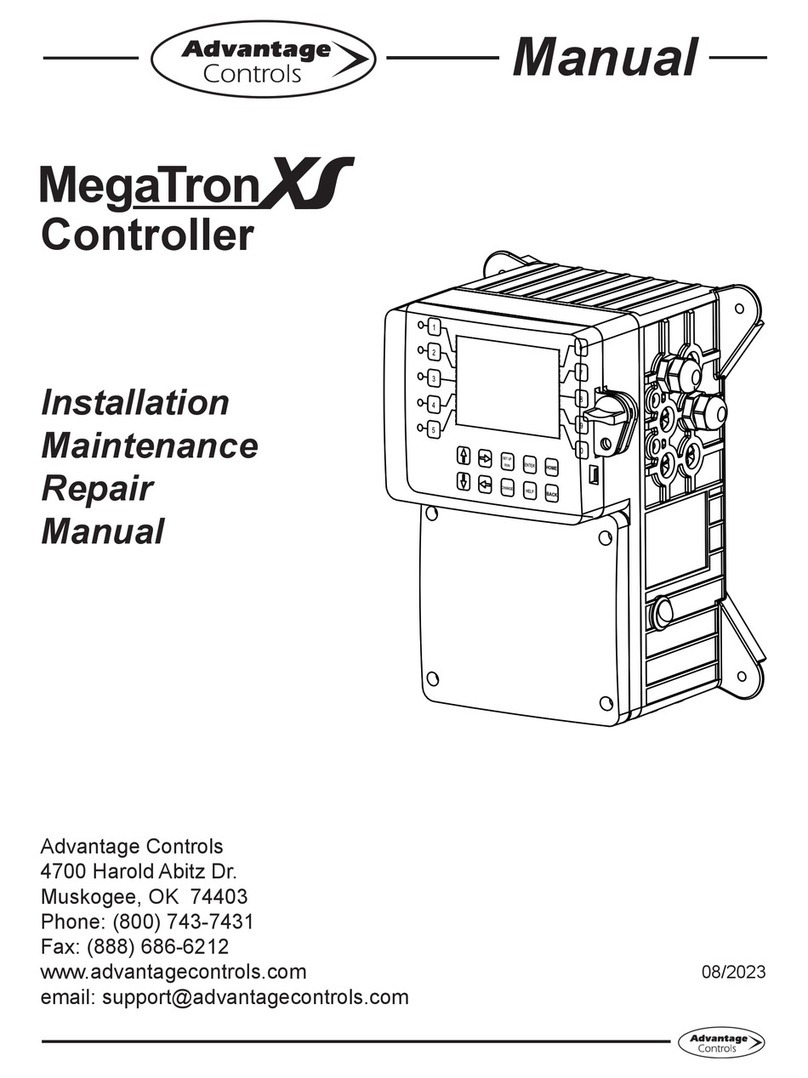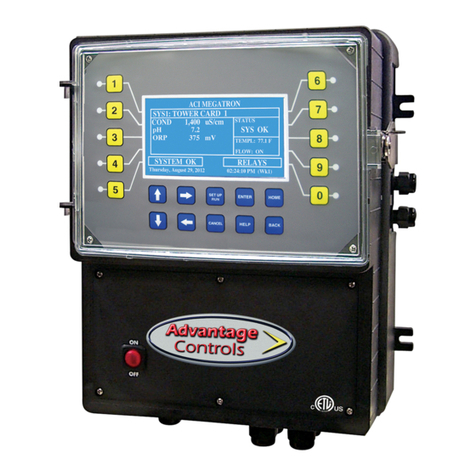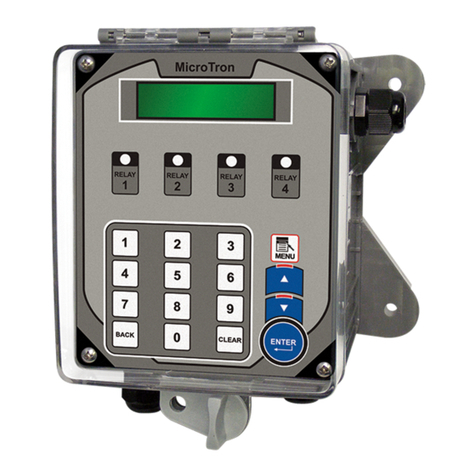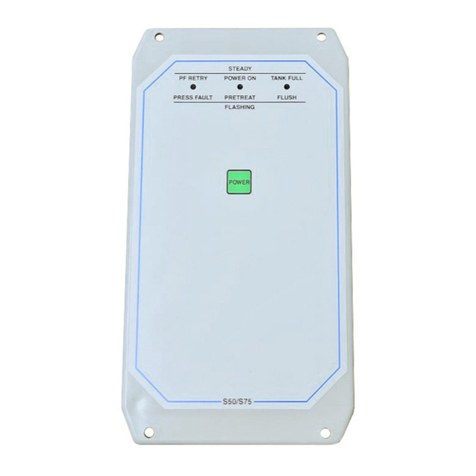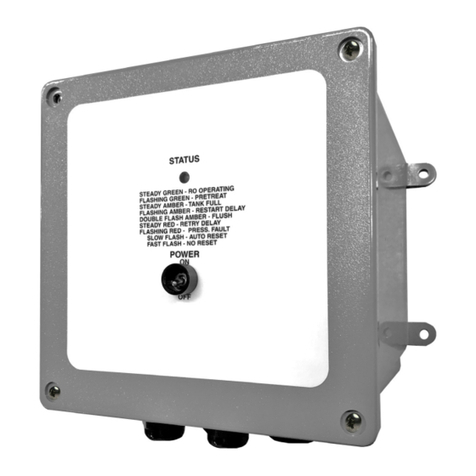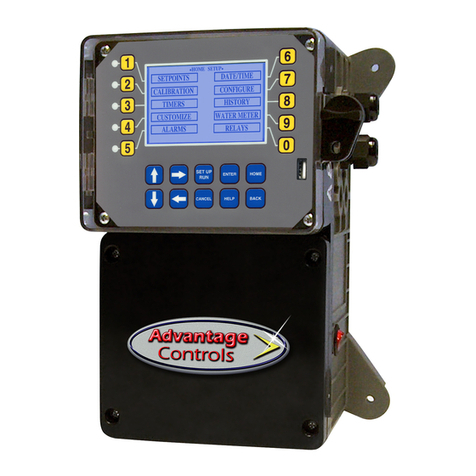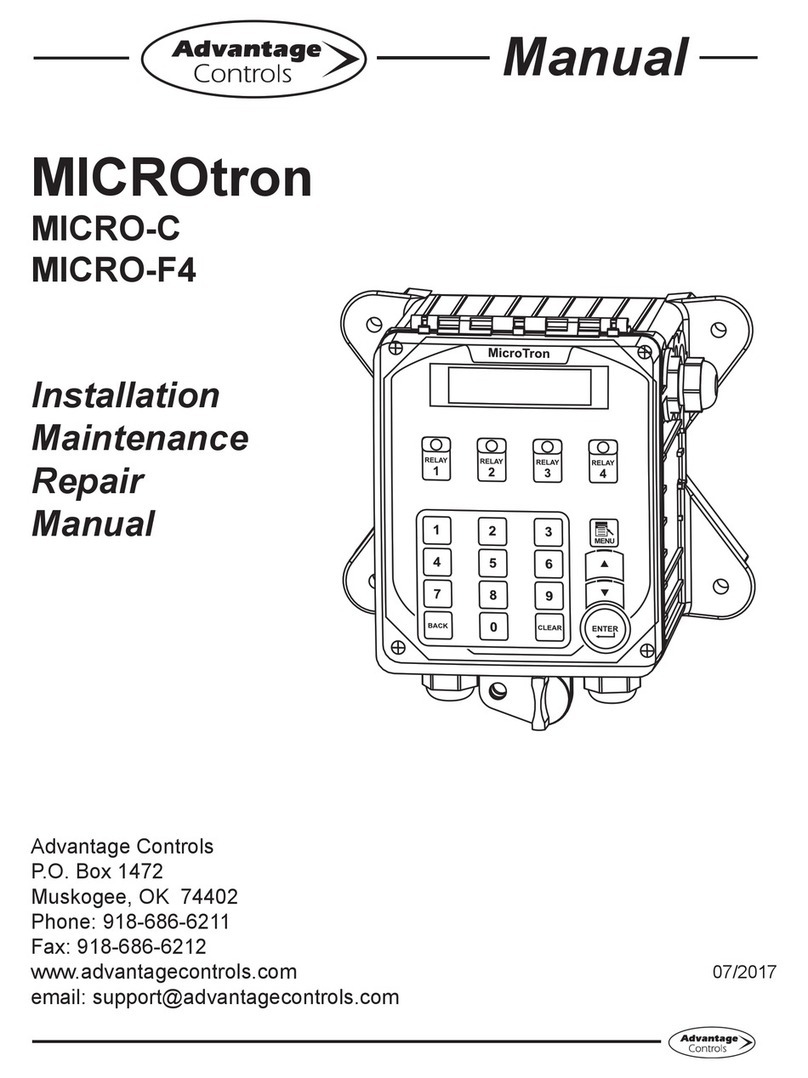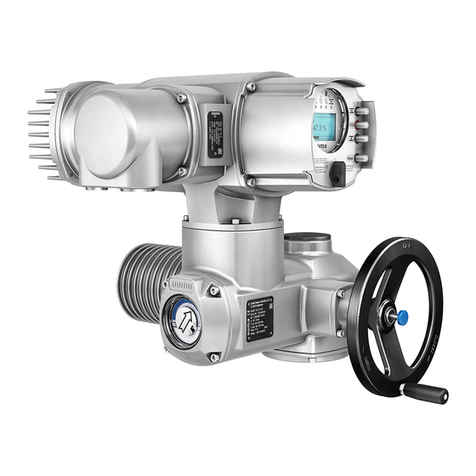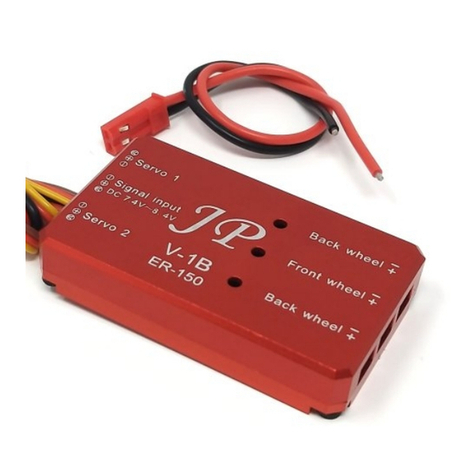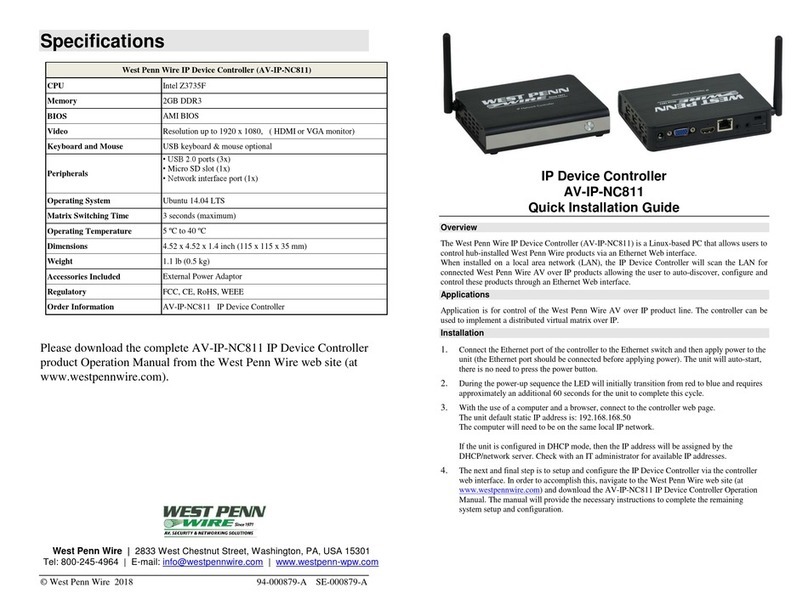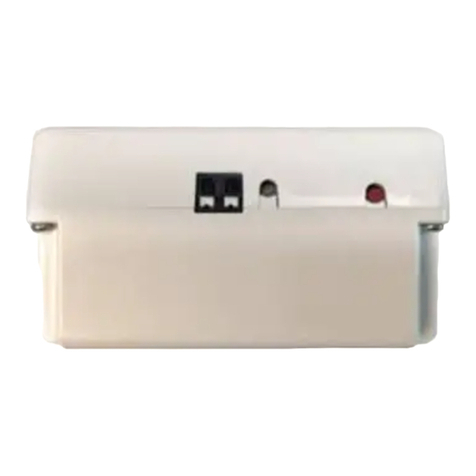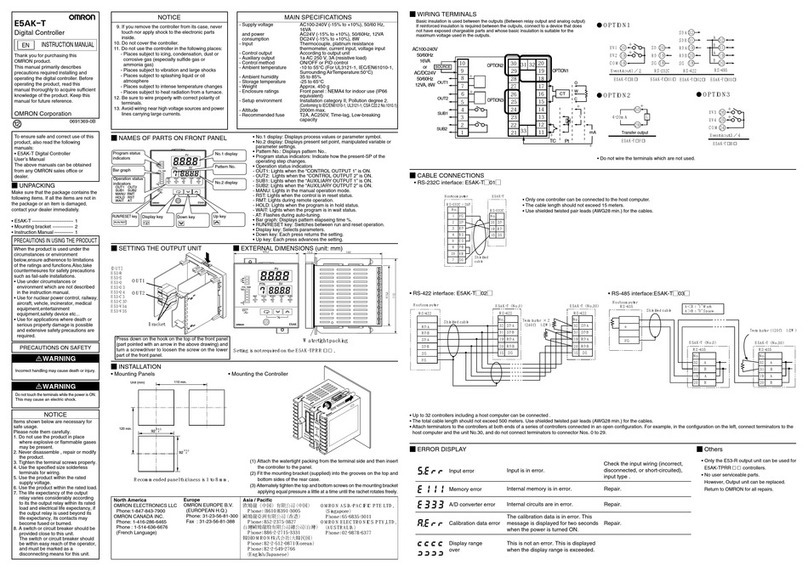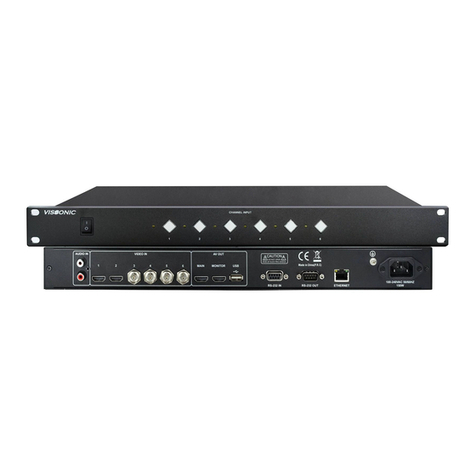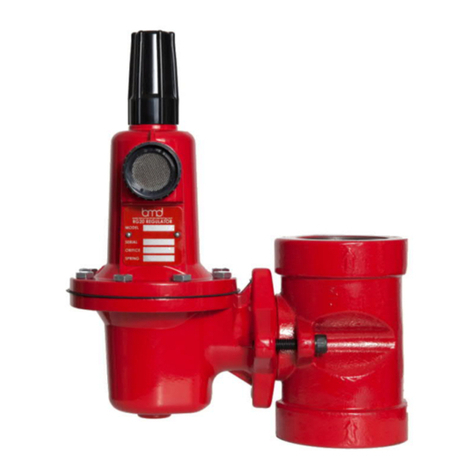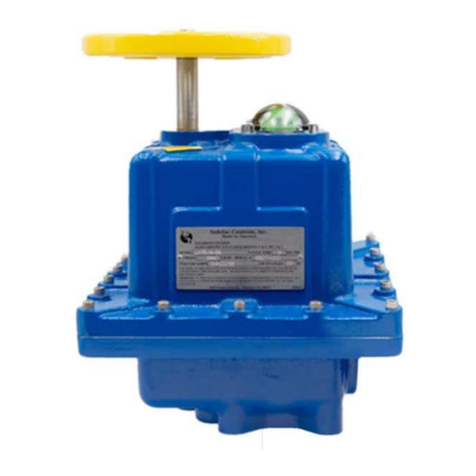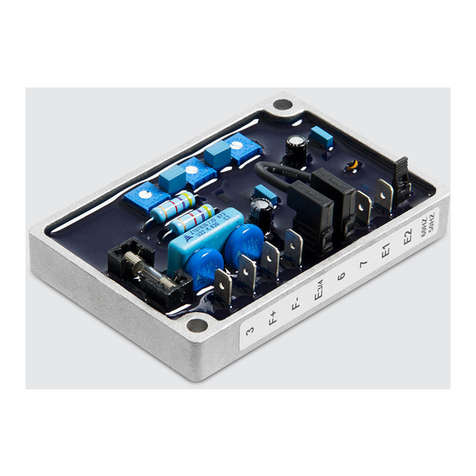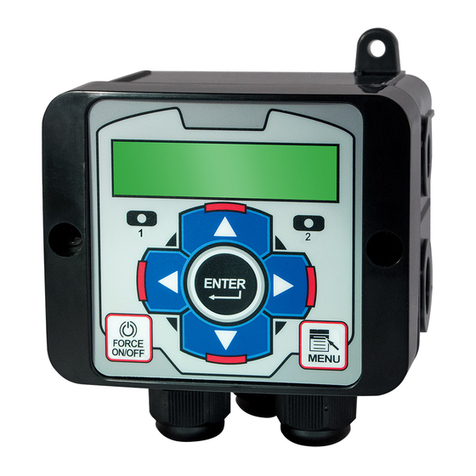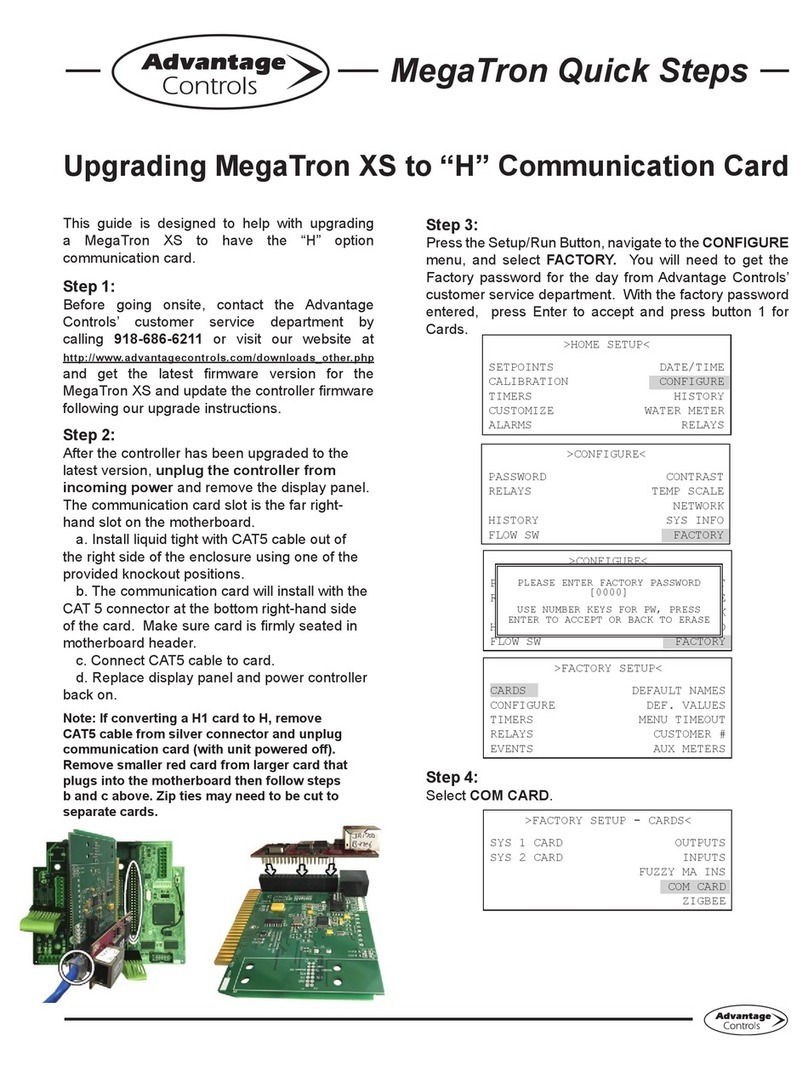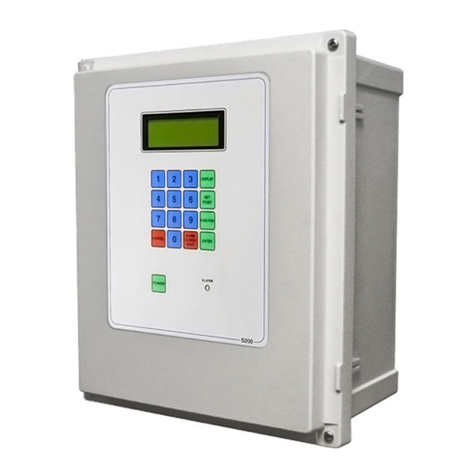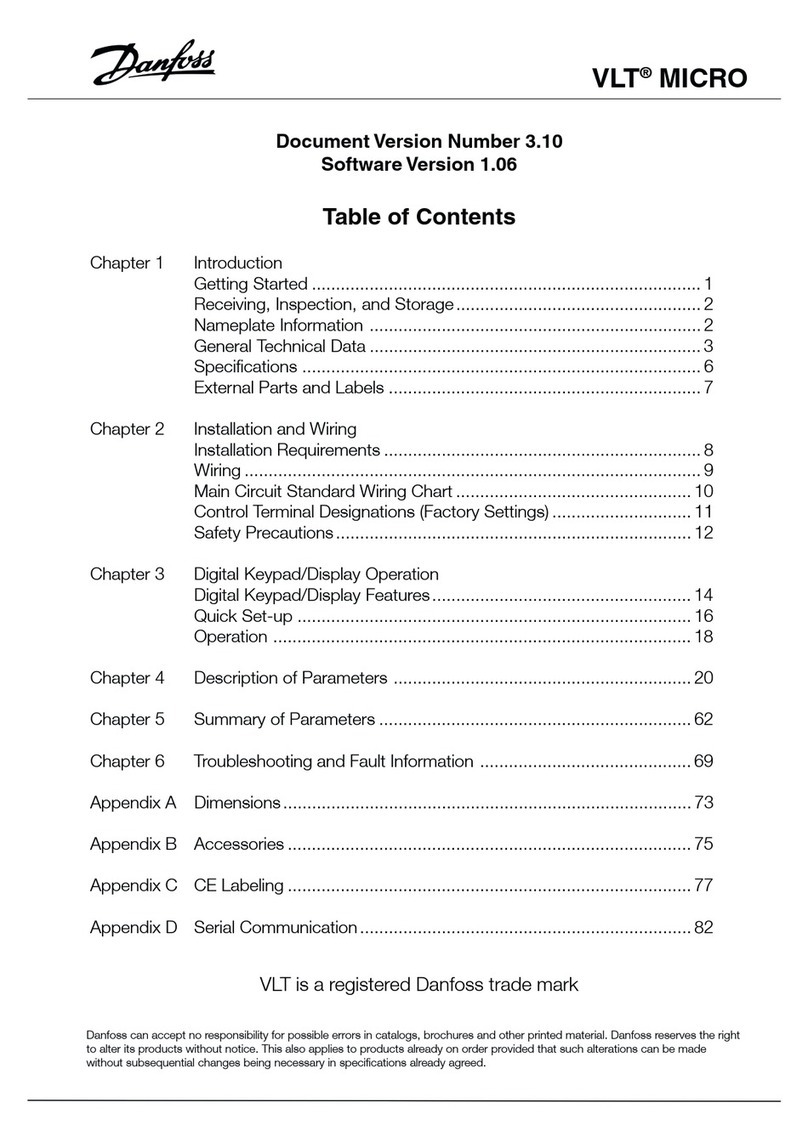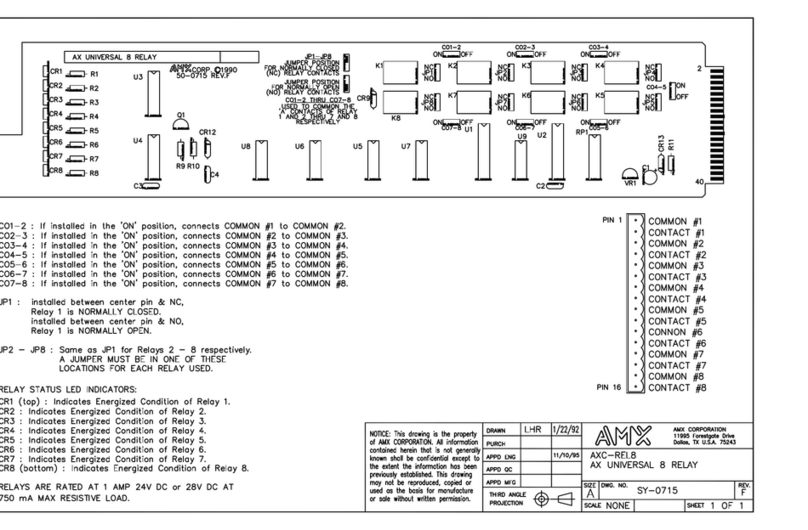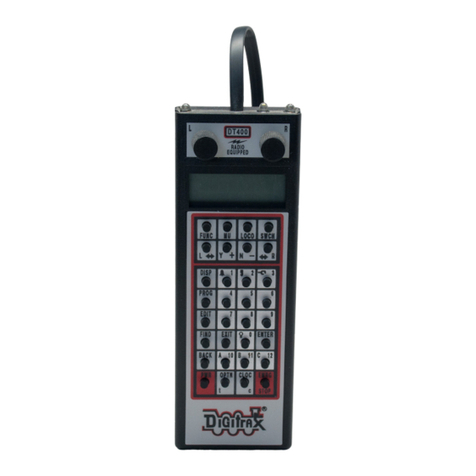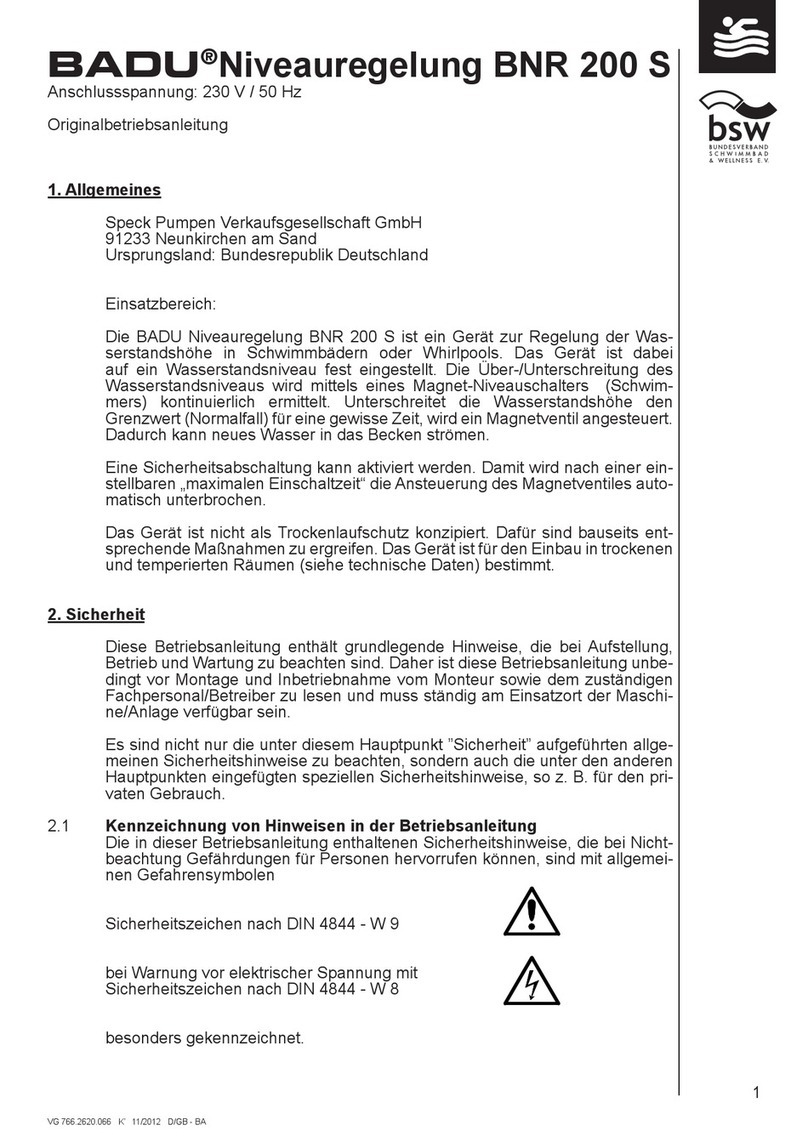
3
I. Introduction
The MegaTronMT microprocessor-based controllers are programmable through a front panel touch screen
DQGFDQEHFRQ¿JXUHGWRFRQWURODZLGHUDQJHRIGLJLWDODQGDQDORJLQSXWV<RXUSDUWLFXODUXQLW¶VIXQFWLRQVFDQ
be determined by comparing the units model number to the Model Numbering table listed below.
Model Numbering
0HJD7URQ07XQLWVKDYHVHYHUDOEDVHV\VWHPFRQWUROIXQFWLRQVDQGXQLWRSWLRQDOIHDWXUHV<RXUXQLWPD\EH
supplied with one or more of the features described in this manual. To determine what features apply to your
unit check the model number label located on the controller enclosure.
Base System Control Functions
C - Tower Conductivity Control
B2 - Boiler No Temp Conductivity
M - Make-up / Misc Conductivity
P - pH Control
R - ORP Control
T - Temp probe
F1 to F5- Chemical Feed Timers
E - Flow Switch
Whole Unit Optional Features
A - Conduit Connections (115 VAC)
A3 - Liquid tights only for (220-240 VAC)
H11 - Internet card with CAT5 & BACNet TCP/IP
H21 - Internet card with CAT5 & BACNet TCP/IP
N - 4-20mA input (N4 or N8)
O - 4-20mA outputs (O4 or O8)
S - pH Saturation indexes
V - 5 volt D.C. output with water meter wires
W - Auxiliary Flow Meter Inputs, 10 inputs
Y - ETL Agency Listing / Approvals
Model numbers start MT followed by the System Control functions. A dash separates the whole unit options
listed after all base system control functions. Example: MTCPF3E-N4.
1RWLFH<RXUXQLWPD\QRWKDYHDOOIHDWXUHVDQGIXQFWLRQVGHVFULEHGLQWKLVPDQXDO7KLVOLVWUHSUHVHQWVRXU
most popular options, additional option codes are available. Consult representative for more details.
Description of Unit
MegaTronMT controllers can control single or multiple recirculating water systems, including cooling tower
and boiler applications, and may have various features depending on the model number.
Control Functions
Each of these control functions are based on an analog input from a probe and will include user settable relay
control settings along with a High and Low Alarm setting and Limit Timer. Each control function will include a
control relay output. When the reading reaches the Set Point the control relay is activated until the reading
FKDQJHVE\WKH'LႇHUHQWLDODPRXQW
1. System Conductivity - The conductivity function of the controller is designed to monitor and
control Total Dissolved Solids (TDS) in a recirculating system like a cooling tower or boiler in terms
of electrical conductivity measured in MicroSiemens/cm. This control function is also referred to
as Bleed.
2. Make-up or Miscellaneous Conductivity -This conductivity with the probe installed in the fresh
make-up water line can be used to control the conductivity of the tower in terms of cycles of
FRQFHQWUDWLRQ E\ FDOFXODWLQJ WKH GLႇHUHQFH EHWZHHQ WKH PDNHXS ZDWHU¶V FRQGXFWLYLW\ DQG WKH
V\VWHP¶VFRQGXFWLYLW\ ,WFDQDOVREHXVHG WRPRQLWRUDQRWKHUFRQGXFWLYLW\ZLWKQRIHHGWLPHUV
associated with it.
3. pH - The pH function monitors and controls pH on a scale of 0-14 pH units.
4. ORP - The ORP function monitors and controls ORP on a scale of +/- 1000 mV.




















